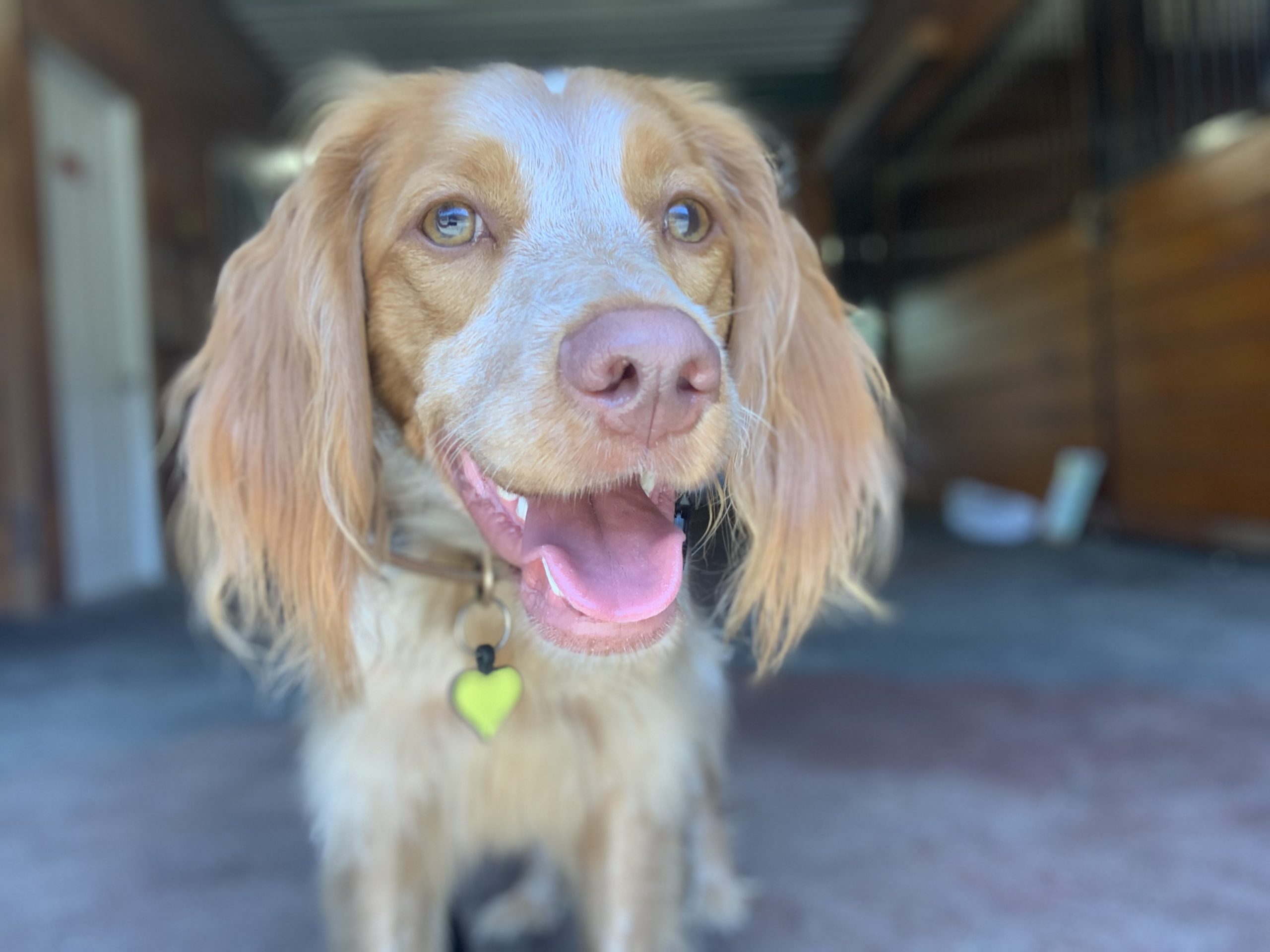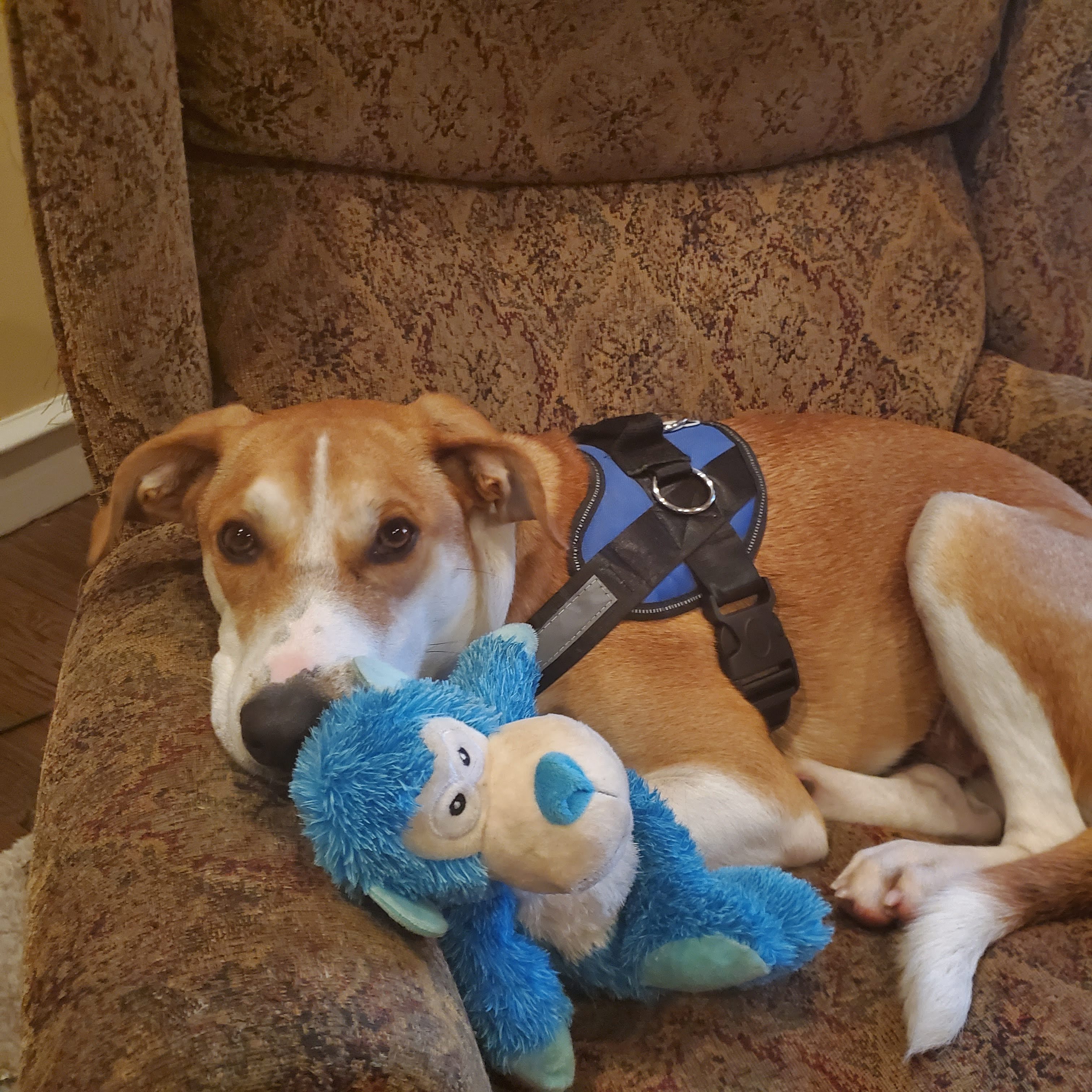By Dawn Heiderscheidt, BS, MOT, OTR/L
My biggest fear is my dog running away and not coming back. He has a HUGE prey drive and tends to hyper focus on distractions, meaning I’m pretty sure he will run after something, only to realize miles later he has no idea where he is or how he got there.
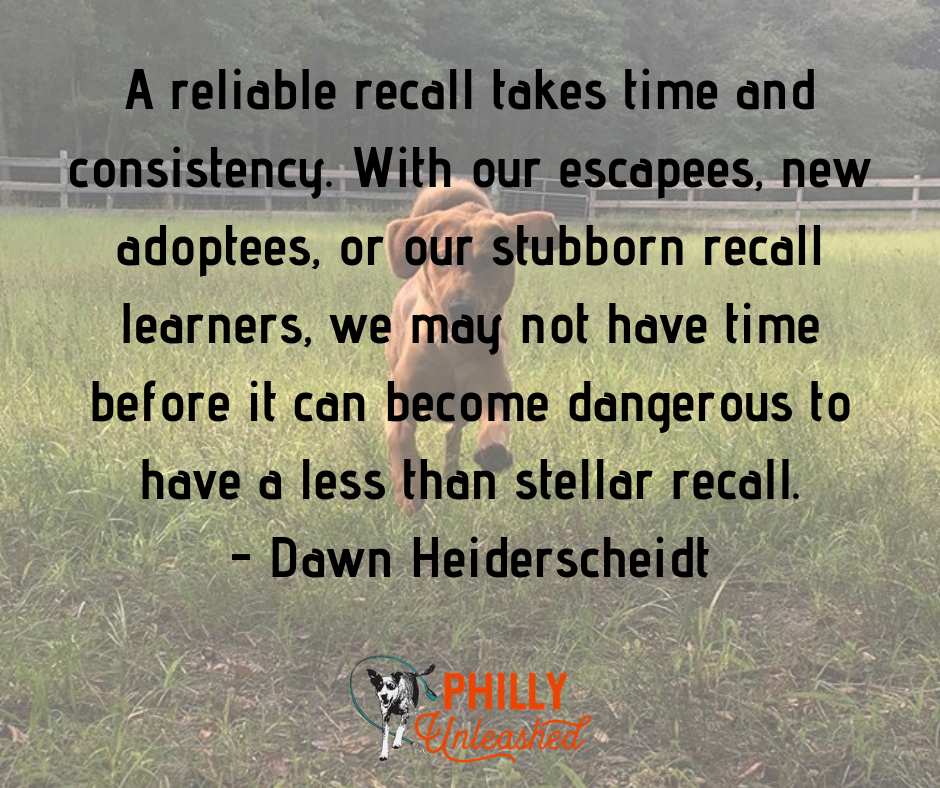
I started to teach an emergency recall to help our family in situations that may lead to him dragging me halfway down the trail to chase a chipmunk, or a leaf–that he thinks is a chipmunk. When I see he is about to bolt or is at the end of his 100ft leash looking like he may sail over a fence for a rabbit, I whip out my whistle and watch as it at least breaks his concentration enough to perform a recall.
The ability to reliably recall your dog is important. It saves time when trying to get out of the house for a walk, it makes it easier at the dog park to go home, and it builds the trust between handler and dog.
However, a reliable recall takes time and consistency. With our escapees, new adoptees, or our stubborn recall learners, we may not have time before it can become dangerous to have a less than stellar recall.
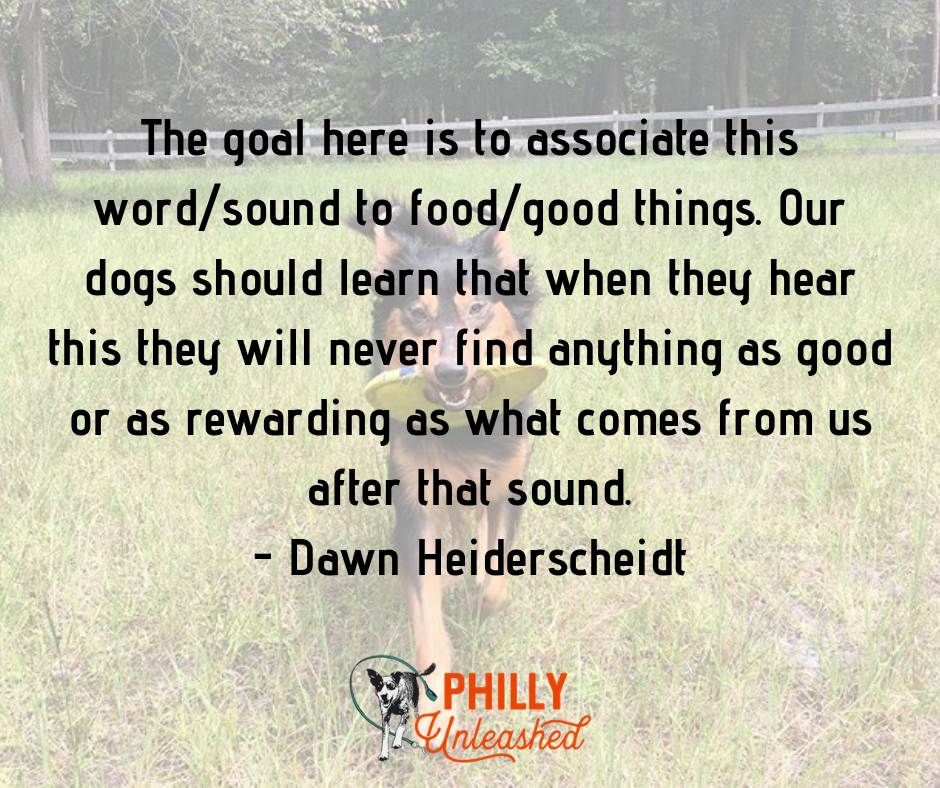
This is where learning an Emergency Recall can be, quite literally, life-saving. This is NOT to replace a recall; this is a failsafe if our recall doesn’t work in an emergency.
To teach an emergency recall
- Determine your unique command, or sound.
-
- This should be something that you do NOT use regularly.
- EX: For my husband and me, this is a dog whistle that we keep on our keys, with another near the main door in our house. We hold the whistle sound for approx. 3-5 seconds. We have also primed our own lip whistle in case we don’t have our keys.
- Train with UNIQUE treats.
- Pick treats you do not usually use for other training. These treats should be of high value and have plenty of them.
- EX: Hot dogs or lunch meat
- Prime the command
- This is like the beginning of clicker training. Say your word/sound and give treats to your dog for approx. 10-20 seconds. Your dog should feel like they hit the jackpot! Once the dog is done the treats, let them go about their business. Repeat this 1-2x a day for about a week.
- The goal here is to associate this word/sound to food/good things. Our dogs should learn that when they hear this they will never find anything as good or as rewarding as what comes from us after that sound.
- Practice!
- In a small quiet place, use your command, and watch as your dog comes running from wherever they are.
- It’s important to treat them for 10-20 seconds and release them back to whatever fun activities they were doing before.
- We do not want them to associate this command with anything other than good! They come, they eat, they get to go back to what they were doing before.
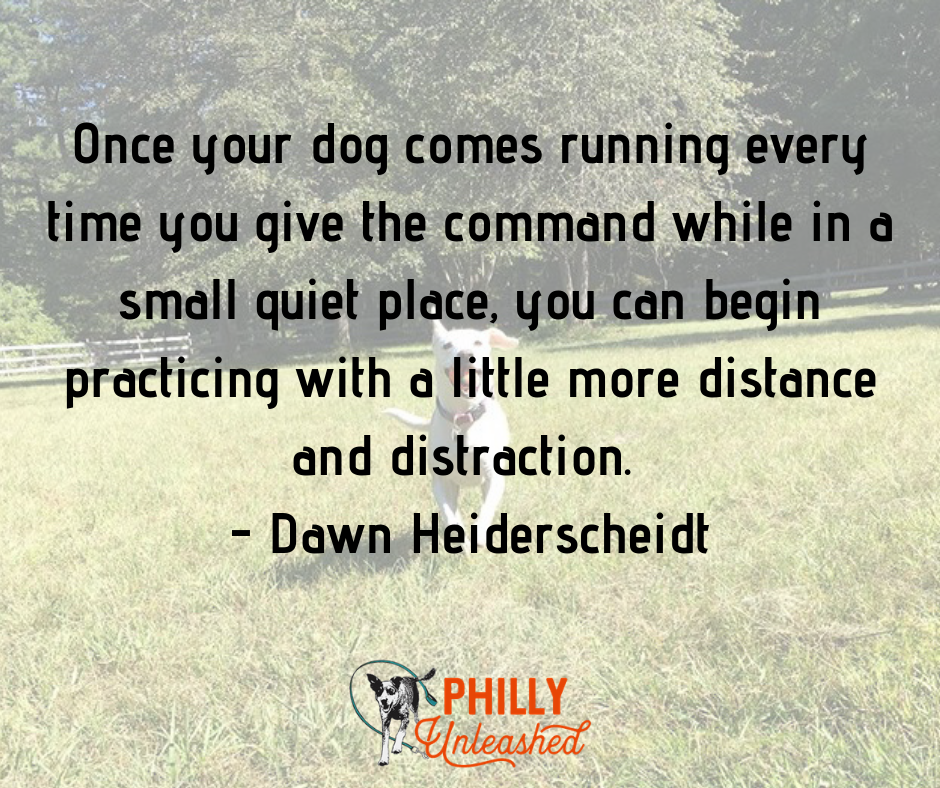
Once your dog comes running every time you give the command while in a small quiet place, you can begin practicing with a little more distance and distraction. Be sure to always give the reward, never ask your dog to do anything extra, and do not be tempted to use this command to replace your “come.”
I recommend an occasional recharge or prime of the command especially after you’ve had to use it. I’ve had my dog for four years, and maybe once a month or so I still whistle while standing next to him, give him all the treats and praise I can, and I walk away. This ensures that the positive associate he has made continue or even better yet – strengthen.

